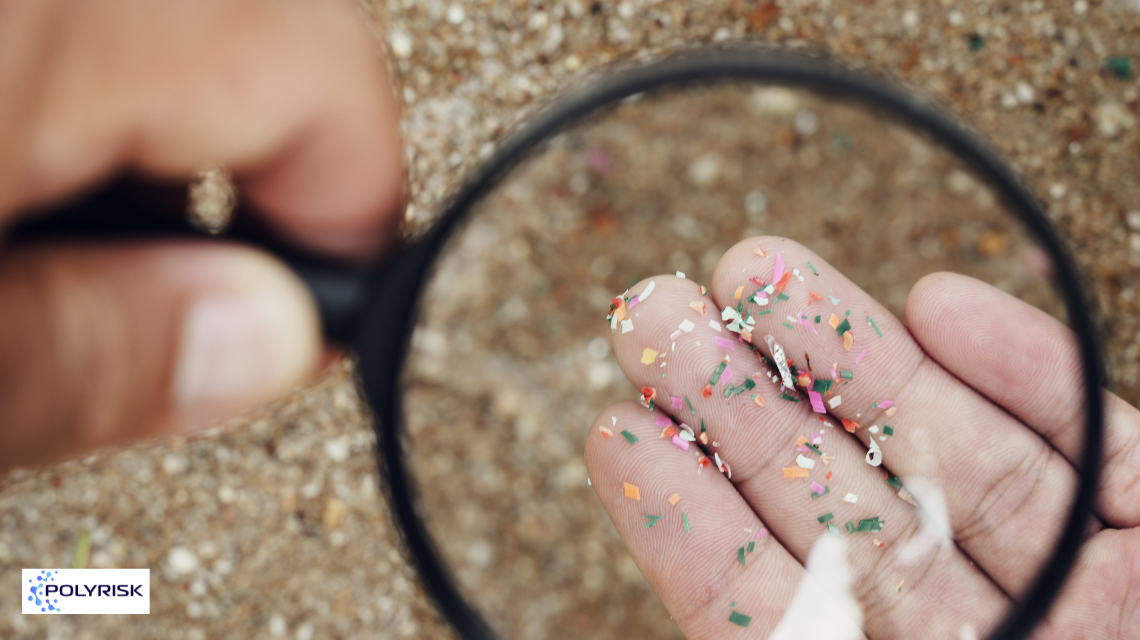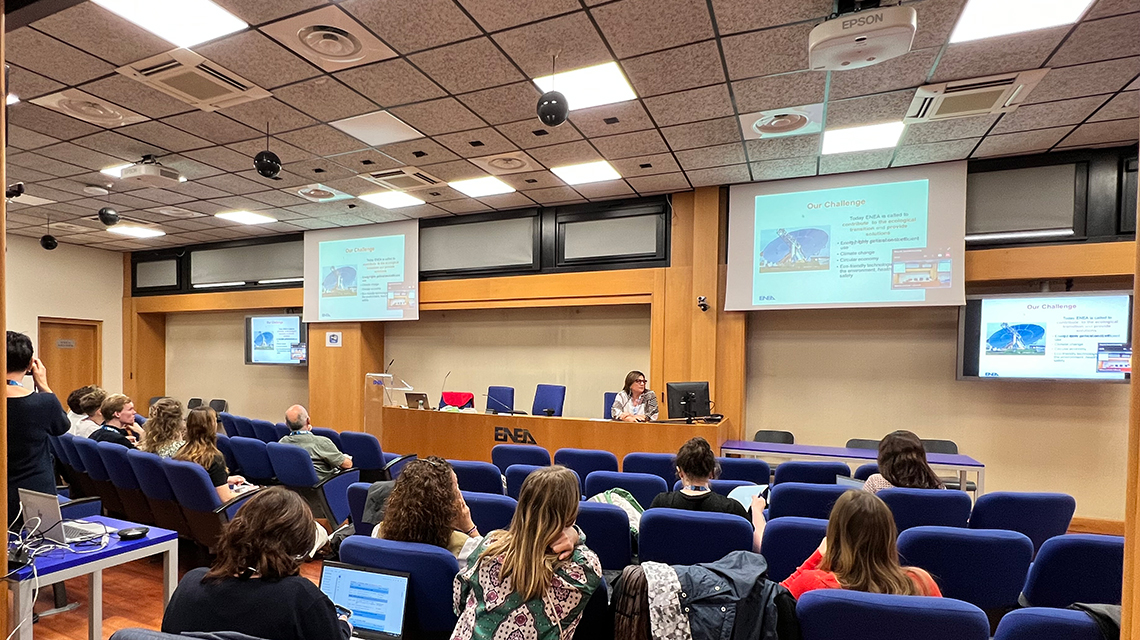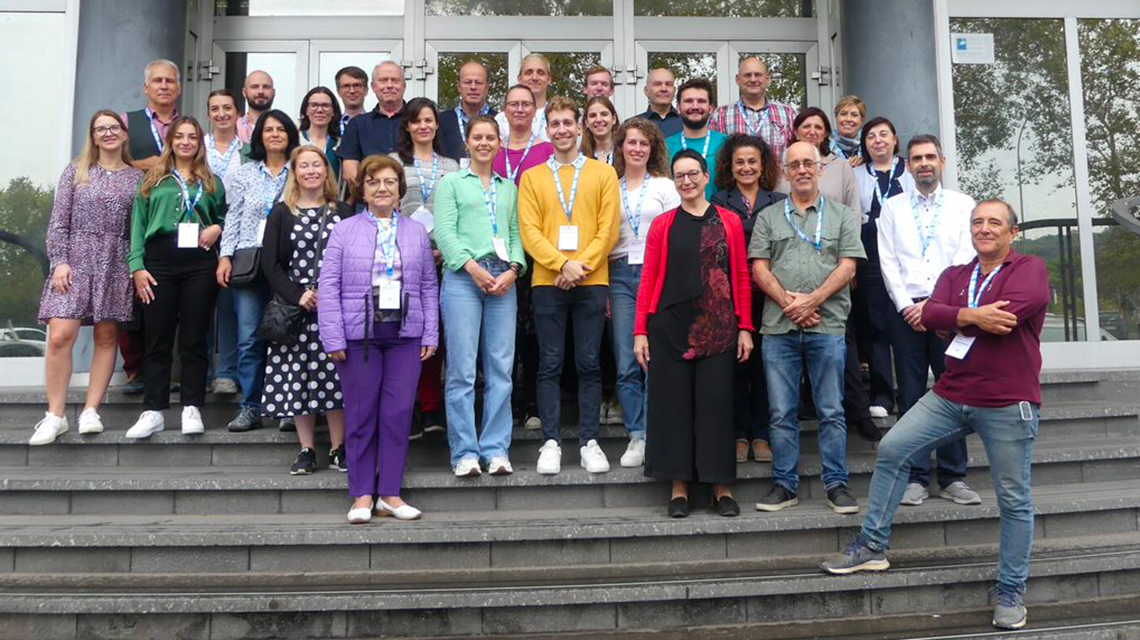Italian National Agency for New Technologies, Energy and Sustainable Economic Development

Health: ENEA participates in study on the effects of microplastics on human health
Assessing the potential effects of inhaled or ingested micro and nano-plastics on human health is the objective of the European Project Polyrisk[1], comprising 15 partners from 7 EU countries, including ENEA and the University of Utrecht (the Netherlands) as coordinator. The study examines how many of these tiny particles often invisible to the naked eye are actually inhaled into our bodies in real-life scenarios like pedestrians on busy streets, athletes training indoors on artificial turf, or factory workers in textile and synthetic rubber industries; studies on impacts of microplastics ingestion will be conducted on drinking water.
“ENEA will develop methods to produce microplastics similar to those found in the environment, to assess risks and characterize plastic materials in real-life scenarios”, said the ENEA coordinator for the project Sonia Manzo, at the Protection and Valorization of the Territory and Natural Heritage Division. “This project – she continued – also aims at filling gaps in the field to support regulatory measures which take into account data on the risks of microplastics to human health”.
In the first two years of the project, the most suitable methods and tools to characterize and measure microplastics in the environment and to define the toxicological effects were evaluated and identified. Studies of real exposure scenarios were conducted in textile factories, indoor football fields and areas with high vehicular traffic, and risk assessment frameworks for human health were defined.
The General Assembly of the Polyrisk consortium, taking place in April-May 2024, will focus on the progress of data produced in the various exposure and risk studies.
Micro[2] and nanoplastics[3] are so widespread they now accumulate in the tissues of most living species and journey up the human food chain. They are caused by discarded plastic in the environment and fragmentation of plastic items used in everyday life like bottles, vials and disposable packaging, and waste from construction, industry and agricultural practices.


